The world of textiles is vast and diverse, offering many options for designers and manufacturers to create garments and products that meet various needs. Among the considerations in textile selection is the orientation of the fabric weave, commonly categorized as directional and non-directional. Understanding the differences between these two types of fabrics is crucial for achieving the desired outcome in the final product.

Directional Fabrics
Directional or one-way fabrics exhibit a specific orientation in their weave pattern. This means they have a distinct direction where the threads run, typically called warp and weft. The warp threads run vertically, while the weft threads run horizontally. Fabrics with a directional weave are often chosen for their ability to enhance the aesthetics of a garment or product.
One of the primary advantages of directional fabrics is their ability to create visual interest and design elements. Patterns, prints, and textures can be showcased in a particular direction, allowing designers to control the overall appearance of the finished item. Common examples of directional fabrics include striped or plaid patterns and fabrics with motifs that need to be aligned in a specific direction for a cohesive look.
However, working with directional fabrics requires careful consideration during the cutting and sewing. Achieving pattern continuity and alignment is crucial to maintaining the intended design, and wastage during cutting can be higher compared to nondirectional fabrics.
Examples of directional fabric
- Stripes (horizontal, vertical, diagonal)expand_more
- One-sided geometric patterns (zigzags, chevrons)
- Pile fabrics (velvet, corduroy) with a distinct napexpand_more
- Figurative prints with specific orientation (animals, flowers, landscapes)
Non-directional Fabrics
Non-directional, two-way, or multi-way fabrics do not have a distinct orientation in their weave pattern. The warp and weft threads are interchangeable, allowing for more flexibility in cutting and utilizing the fabric. Fabrics with a non-directional weave are often chosen for their practicality and ease of use.
One of the key advantages of non-directional fabrics is their versatility in pattern cutting. Since there is no specific direction to the weave, patterns can be placed in any orientation, offering greater efficiency in material utilization. This can be particularly beneficial in minimizing fabric wastage, making non-directional fabrics a cost-effective choice for manufacturers.
Nondirectional fabrics are also generally easier to work with during the cutting and sewing processes, as there is less concern about maintaining pattern alignment. This makes them suitable for various applications, from casual wear to home furnishings.
Examples of non-directional fabrics
- All-over florals without a clear "up" direction
- Polka dots, gingham, and other small, repeated patterns.
- Abstract brushstrokes.
- Solid colors and textures.
This cute St. Patrick's Day/Spring fabric with shamrocks and sprinkles by Teal Door Designs is a great example of non-directional fabric.
Choosing the Right Fabric for the Job
The decision between directional and nondirectional fabrics ultimately depends on the project's specific requirements. Designers must consider the intended aesthetic, pattern continuity, and material usage efficiently.
Directional fabrics may be the preferred choice for garments or products where design alignment is critical, such as tailored suits or dresses with prominent patterns. On the other hand, for projects where efficiency in cutting and material utilization is crucial, non-directional fabrics offer practical advantages.
Tips for Sewing with either Directional or Nondirectional fabric
- Directional Fabrics:
- Pay close attention to the pattern layout instructions.
- Mark the "up" direction on the fabric selvage with fabric chalk.
- Mirror image cut pieces as needed for symmetrical designs.expand_more
- Be mindful of fabric waste due to directional constraints.
- Nondirectional Fabrics:
- Enjoy the freedom to cut pieces in any direction.
- Rotate fabric scraps for more efficient usage.
- Experiment with playful placement for unique effects.exclamation
Remember
Directional and non-directional fabrics each have their own set of advantages and considerations. The choice between the two depends on the specific goals of the project, emphasizing the importance of understanding the characteristics of each type of fabric. By carefully considering the design requirements and practical aspects of the manufacturing process, designers and sewists can confidently navigate the textile landscape, ensuring the successful creation of high-quality and visually appealing products.
Learn More about Fabric
Be sure to check out our other post about fabric/textiles.
- HOW TO JOIN AND PATTERN MATCH FABRIC
- TOP 5 MISTAKES TO AVOID BEFORE CUTTING FABRIC
- FABRIC 101, EVERYTHING YOU NEED TO KNOW FOR MORE SUCCESSFUL SEWING PROJECTS
- THE ONE THING YOU MUST KNOW ABOUT KNIT FABRICS
- WHAT YOU NEED TO KNOW ABOUT GRAINLINES, MARKING, AND CUTTING FABRIC
- HOW TO SEW WITH KNIT FABRICS: TOP TIPS FOR BEGINNERS
- FABRIC 101: UNDERSTANDING FABRIC TYPES, STRUCTURE, AND USE
LEARN TO SEW OR IMPROVE YOUR SKILLS
Do you want to start sewing but need a helping hand with the basics? Our Sewing 101 course has everything you need to start sewing confidently and improve your skills. Be sure to join our free private Facebook group.



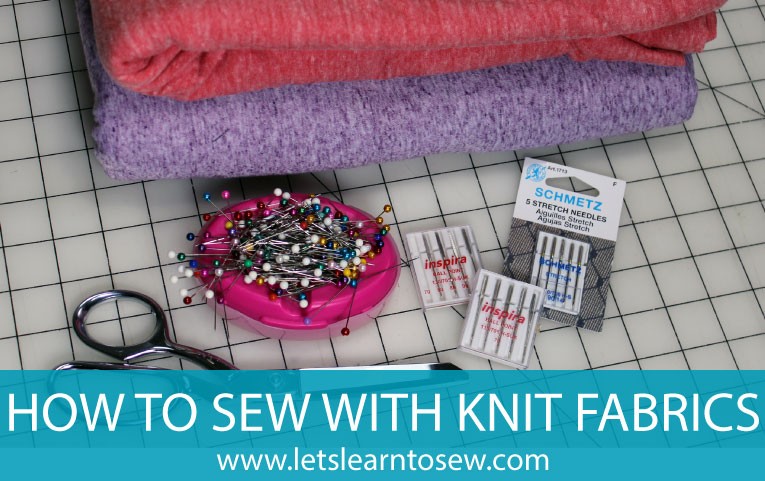
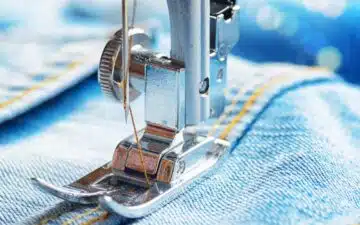
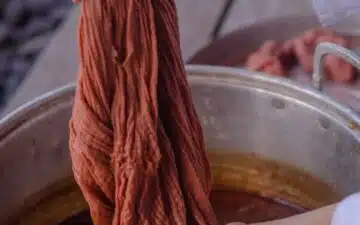
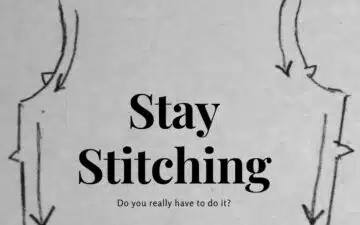
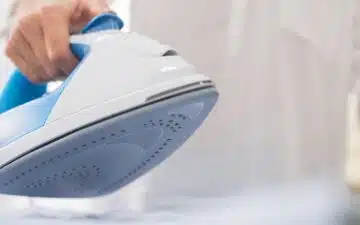
Leave a Reply